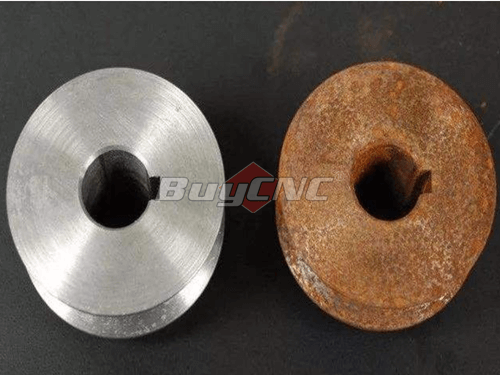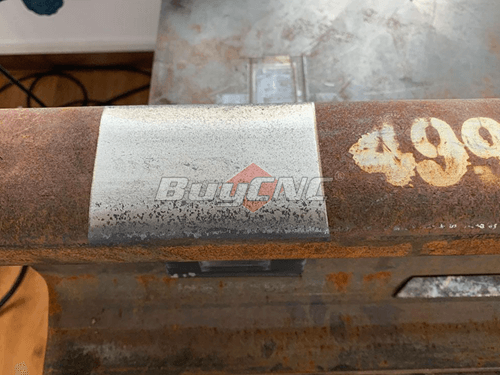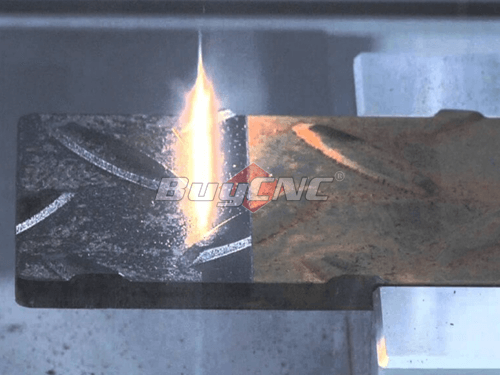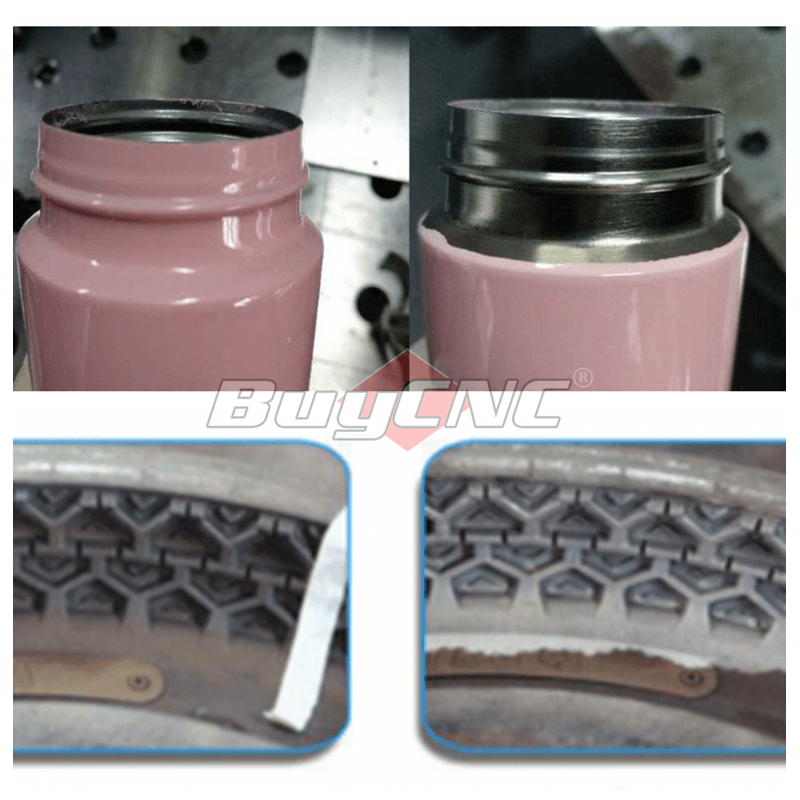Table of Contents
Application of laser cleaning machine in industrial industry
Laser cleaning applications are primarily driven by the market need for a non-toxic, non-abrasive cleaning method that can be used as an alternative to the previously used chemical cleaning, hand cleaning and abrasive jet cleaning methods.
In the process of industrial production, in order to ensure the quality of the product, it is necessary to clean the stains, oil stains, rust and other pollutants on the surface of the product. The traditional sandblasting and abrasive cleaning methods cause great pollution and damage to the environment and the material itself, which is not conducive to later maintenance and use.
Now the application of the new laser cleaning machine makes cleaning in industrial manufacturing simple. It also allows the laser cleaning machine to be applied to more industrial applications.

Laser welding and laser cutting have been widely used in the industrial industry, but the application of laser cleaning in the industrial industry is relatively new and has a wide range of unexplored space. The shortcomings of traditional cleaning methods have prompted the application of laser technology in the field of surface cleaning.
Due to its many advantages, laser cleaners are now the most efficient way to remove unwanted substances from the surface of materials. The following describes the cleaning applications of laser cleaning machines in several industrial industries.
Several Industrial Applications of Laser Cleaning Machines:
Surface polishing and rust removal in steel manufacturing
1). When metals are exposed to moisture, they react with water to form ferrous oxide, thus rusting. This rust can degrade the metal, making it unsuitable for use in many applications.
2). On the other hand, due to the heat treatment process, an oxide layer will form on the metal surface, and the oxide layer will discolor the metal surface, thereby hindering subsequent finishing operations.

Cleaning the anode components
1). The presence of dirt and other contaminants will increase the resistance of the anode, resulting in more battery power consumption.
2). The presence of pollutants also shortens the life of the anode by increasing the consumption rate of the anode during the smelting process.
Prepare for metal bonding
1). In order to improve process stability, surface adhesion and better welding quality, the surface of the metal material to be joined must be prepared before applying welding and other joining techniques.
2). If the necessary cleaning of the surface of the metal material is not carried out, the joints and seams are prone to degradation, increased wear and even catastrophic failure.

Pretreatment for brazing and welding
1). Helps to remove ferrous and non-ferrous metals, lubricants and other contaminants from metal and aluminum surfaces in preparation for high-quality welding.
2). It also ensures smooth and non-porous brazing seam.
Partially remove the coating
1).It can be used for almost all surface types, whether it is chemical anodized layer, oxide layer or organic coating.
2). Laser cleaning can remove coatings and paints in automotive and other industries while maintaining the integrity of the base material.

Selective paint removal
The use of lasers for polishing, surface cleaning and coating removal is rapidly expanding. Depending on the application, the pulse frequency, energy and wavelength of the laser must be precisely selected to clean, polish and ablate the target material.
At the same time, any form of damage to the base material must be prevented. Currently, laser cleaning technology is mainly used to clean small parts. Of course, this technology is also highly likely to be suitable for cleaning large surfaces and large equipment/structures. With the current progress in the field, these visions are expected to become a reality in the near future.